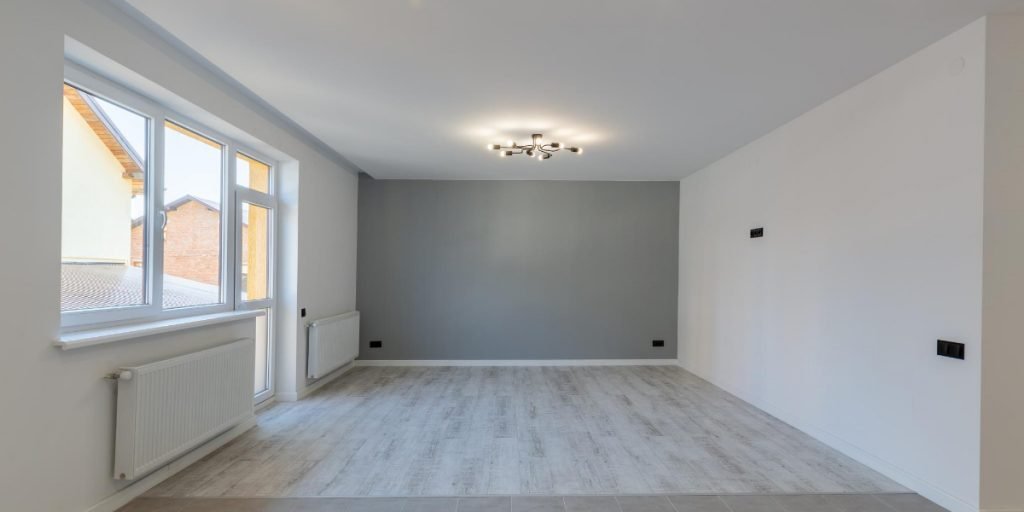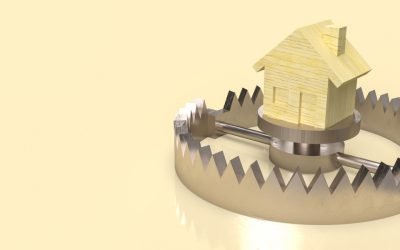Rental properties are, according to some, an excellent investment out of which you can earn a decent living. Yet others consider them to be a waste of time and money due to the time it takes to see any profits. So, how long does it take to profit from rental properties in the United Kingdom?
It can take 5 to 10 years for UK rental properties to make a profit. Still, the time it takes to reach profitability depends on numerous factors, from location to the number of rental properties owned. That said, it will typically take years, not months, for a buy-to-let to become profitable.
This article discusses why it takes years to make money from rental property in the UK and how you can maximise your profits if you decide to buy property to let.
Factors That Affect the Profitability of a Rental Property in the UK
As I previously mentioned, there are various factors that affect the profitability of rental properties. These include:
The Location of Your Rental Property
Where your rental property is situated will significantly impact how much you charge for rent and potential tenants’ interest.
Naturally, rental property in London is the most sought after in the UK. Other highly ranked in-demand cities for rental properties include Newport and Bristol. Whereas cities like Swansea and Aberdeen are least in demand for rental property.
The Rent Price You Set
What you charge for rent also plays a crucial role in determining the profitability of your rental property. Granted, deciding the right amount to ask for rent can be challenging given the fine line between rent prices that are too high and too low. You want to strike a sensible balance to avoid pushing potential tenants away or losing profits.
To do this, you need to calculate all the expenses linked to your property, including mortgage payments and maintenance costs. Your rental income should be high enough to cover these expenses and leave you with a reasonable profit. But not too high that you scare off potential tenants.
With an average rent of £1,159 as of September 2022, neither landlords nor tenants are particularly pleased since there’s little breathing space for either party. However, being profitable in the UK’s rental market calls for setting affordable rental prices.
Whether You’re Letting Your Rental Furnished or Unfurnished
After purchasing a buy-to-let property, you can choose to rent it out furnished or unfurnished, where tenants would have to bring their own furniture. Whichever you’re leaning toward, there are pros and cons to consider.
For instance, a furnished rental can lead to a higher monthly rental income than one that’s unfinished. The reason being the latter saves your future tenants the time and money it takes to buy and move furniture.
That said, the lack of personal possessions also makes it easier for tenants to move out, which can result in a high tenant turnover. Tenant turnover can be a nightmare for landlords as far as profitability goes. Additionally, letting a furnished property means a costly initial investment.

Additional Costs of Owning Rental Property
The running costs of being a landlord affect how much profit you make on your rental property. These include repairs and maintenance, landlord insurance, letting agent fees, and mortgage rates. There are also the different taxes UK landlords have to pay, including Stamp Duty, Income Tax, and Capital Gains Tax.
You must pay 20% tax on rental income between £12,571 and £50,270. For income above £50,270 and below the additional rate threshold of £150,000, a 40% tax applies. And from April 2016, you have to pay a 3% Stamp Duty Land Tax (SDLT) surcharge if you buy an additional residential property, including buy-to-let properties. SDLT was devolved to Scotland in April 2015 and Wales in April 2018.
If you want to purchase property to rent out and can’t pay the full asking price out-of-pocket, you’ll need a buy-to-let (BTL) mortgage. Most lenders require a deposit of at least 25% of the property’s value for a BTL mortgage. Generally, the smaller the deposit you put down, the higher your interest rate, which means smaller profits. Therefore, you want a larger deposit, say 40%, to maximise your profits.
As a landlord, you’ll also inevitably experience unexpected costs that risk eating into your profits. These surprise expenses are unpredictable, so the only way to prepare for them is to plan for them when budgeting. They include emergency appliance replacement, weather damage, pest control, redecoration, and void periods.
A contingency fund—money reserved to address unforeseen financial circumstances—is the best defence against unexpected costs. With one in place, you have peace of mind that you’ll remain financially secure in case of unforeseen expenses.
Number of Rental Properties You Own
First-time and accidental landlords don’t make nearly as much money from rental property as landlords with large property portfolios. This is because they typically own just one rental property.
Generally, the more rental properties you have, the more your monthly cash flow. Landlords usually earn about £150 profit a month per rental. So to make enough to cover your living expenses, you should expand your property portfolio.
If you’re concerned about whether property will still be a good investment in the future, read this article I wrote on the subject.
Your Choice of Property Investment Strategy
There’re various property investment strategies you can choose from, including single buy-to-let properties, houses in multiple occupation (HMOs), purpose-built student accommodation, and property joint ventures. An HMO is any rented property occupied by three or more unrelated persons who share common facilities like the kitchen and bathroom.
HMO properties offer high rental yields since you generate income from multiple tenants (at least three) at once. Compared to single-let properties, where you earn £150 a month from one tenant, with HMOs, you can make anywhere from £500 to £1000, depending on the number of tenants.
So, if you have a suitable property, one that’s large with big rooms, and want to earn huge returns, consider converting it to an HMO. HMOs are especially popular with students, who find shared accommodation preferable as they are affordable and provide an opportunity to socialise with their peers.
Your Rental Yield
Rental yield is the annual income you achieve from renting out a property expressed as a percentage of the total value of the property in question. Calculating your rental yield tells you how profitable your rental property is.
The average rental yield in the UK in 2022 is 4.71%. Anything above this can be considered a high rental yield. However, for a reasonable return on your investment, a good rental yield to aim for is between 5-8%.
To calculate the gross rental yield for your buy-to-let:
- Determine your annual rental income.
- Divide the figure by your property’s purchase price.
- Multiply that figure by 100 to get the percentage that is your gross rental yield.
Final Thoughts
UK landlords earn an average of £15,000 in annual rental income, and this is before tax and other deductions. So it can take years before you can turn a profit on your rental property. Various factors affect the profitability of rental properties, including location, mortgage rates, taxes, and rent price.
Sources
- Joseph Mews: Rental Yields in the UK 2022
- Nationwide Media Centre UK: Landlords Consider Selling Rental Property Over Loss of Tax Relief While Others Seek to Recoup Their Losses by Raising Rents
- Simply Business UK: Five Changes in Buy-To-Let Tax Landlords Should Know About for 2022
- SDL Property Auctions UK: What Is a Good Rental Yield in the UK? (Updated 2022)
- Unbiased UK: How to Build a 10-Year Buy-To-Let Plan
- Which? UK: 6 Ways Landlords Can Maximise Their Buy-To-Let Profits in 2020
- Property Investor Network UK: How to Replace Your Income with 3 Rental Properties
- Property Investments UK: How Much Profit Should You Make on a Rental Property?
- Douglas Allen UK: Short-Term Investment vs. Long-Term Investment – What to Prioritise?
- Quora: How Profitable Are Rental Properties? How Long Would It Take To Make All of Your Money Back? Will It Take a Long Time to Be a Millionaire With Rental Property?
- UOWN: How Long Does It Take to Earn Money as a Buy-To-Let Landlord?
- Is It Bad To Buy a Flat Instead of Renting? - May 9, 2023
- Is It Bad To Buy a Flat Instead of Renting? - February 20, 2023
- If You Buy a UK House at Auction, When Do You Pay? - February 15, 2023


